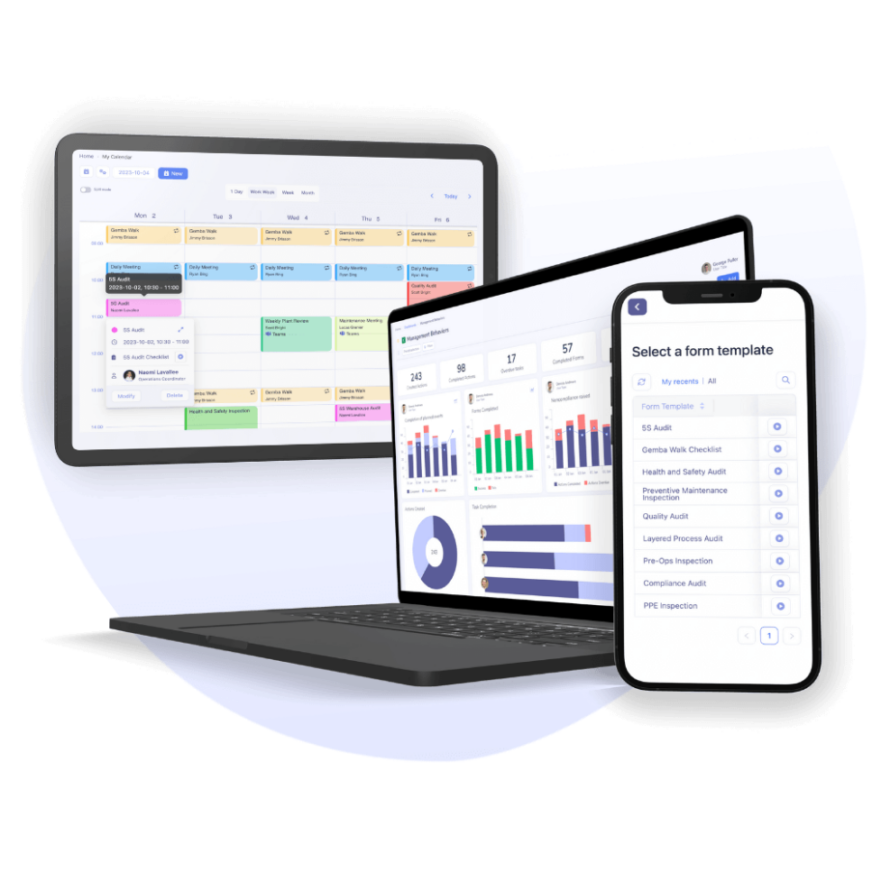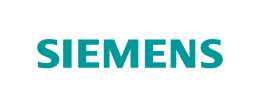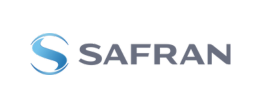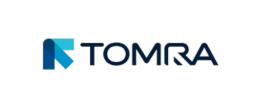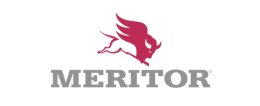In today’s manufacturing industry, implementing a robust quality management system is essential for ensuring product quality, reducing defects, managing deviations from standards, and preventing the problem from occurring again. One such system is the Quick Response Quality Control (QRQC) system, a process designed to quickly identify and resolve quality issues.
QRQC Origin
The Quick Response Quality Control (QRQC) system has its roots in the Total Quality Management (TQM) philosophy that emerged in Japan in the 1950s. TQM was a management approach that emphasized the importance of continuous improvement, customer satisfaction, and employee involvement in quality control.
The automaker Nissan specifically developed QRQC in the 1990s as a response to the increasing complexity of manufacturing processes and the need for a structured approach to problem-solving. The goal was to create a system that would quickly identify and resolve quality issues to prevent production delays and improve customer satisfaction.
The QRQC system was based on the Kaizen methodology, a Japanese term meaning “continuous improvement.” Kaizen emphasizes the importance of continuous improvement in all aspects of an organization, including quality control, productivity, and customer satisfaction.
Nissan’s implementation of QRQC was highly successful, and the system quickly spread to other industries, including aerospace, electronics, and healthcare. Today, QRQC is used by companies worldwide as a tool for improving product quality, reducing defects, and increasing efficiency.
What Is QRQC (Quick Response Quality Control)?
QRQC stands for Quick Response Quality Control, a problem-solving methodology that combines quality control, continuous improvement, and teamwork to resolve quality issues in a manufacturing environment. It is a structured approach to problem-solving that involves identifying the problem, analyzing its root cause, handling anomalies, implementing corrective actions, and verifying their effectiveness.
The QRQC system emphasizes a fast response time to quality issues to minimize the impact on production and customer satisfaction. The organization aims to identify and resolve issues within hours, rather than days or weeks.
What Is a QRQC System?
The QRQC system provides a standardized approach to problem-solving that enables cross-functional teams to quickly and effectively resolve quality issues. It typically involves a team of members from support departments or areas of expertise who work together. The system typically follows a set of steps, such as:
- Identifying quality issues or non-conformities that require corrective action. This may involve customer feedback, product inspections, or internal audits.
- Gathering and analyzing data using checklists and forms. Documenting issues and non-conformities.
- Identifying the underlying causes of quality issues or non-conformities. This involves gathering data, analyzing trends, and using tools such as Fishbone diagrams or Pareto charts to identify the root cause(s) of the problem.
- Proposing and implementing corrective actions. Addressing quality issues or non-conformities, including specific actions that will be taken to resolve the issue, timelines for completion, and responsibilities for each action.
- Cascading information at the right management level, ensuring that quality issues are addressed at the appropriate level of management based on their severity and complexity.
- Holding QRQC Meetings and daily huddles with cross-functional teams to share information, identify emerging quality issues, and collaborate on problem-solving.
- Verifying that the corrective action plan has been effective in addressing the quality issue or non-conformity.
- Standardizing and implementing procedures to prevent the recurrence of quality issues.
The Quick Response Quality Control (QRQC) system aims to resolve each problem by involving the closest individuals to it, at the lowest level of the management hierarchy possible. This approach requires a clear structure and escalation process that allows issues to be addressed at the production line, team or shop level, and eventually at the entire plant level if necessary.
Key Management Activities to Support a QRQC System
Audits, Inspections and Checklists
Audits and inspections play a key role in the QRQC system by providing a structured approach for monitoring and verifying the effectiveness of quality control processes and procedures. Audits and inspections aim to identify potential issues or non-conformities before they become larger problems affecting product quality, customer satisfaction, and business processes.
Documentation of Issues and Nonconformities
Documenting issues and non-conformities is a critical aspect of the QRQC system because it provides a record of what went wrong, when it occurred, and how it was resolved. By documenting issues and non-conformities, organizations can better understand the root causes of quality problems, track trends over time, and identify opportunities for improvement.
Root Cause Analysis
When a quality issue is identified in a QRQC system, the first step is to contain the problem and prevent it from causing further damage. Next, the team will conduct a root cause analysis to identify the underlying cause of the issue.
By identifying the underlying causes of problems, organizations can implement sustainable solutions that improve the overall quality of their products and processes. This involves gathering data, conducting interviews, analyzing trends, and using tools such as Fishbone diagrams or Pareto charts to identify the root cause(s) of the problem.
Corrective and Preventive Actions
Once the root cause has been identified, the team can develop and implement corrective and preventive actions to address the issue and prevent it from occurring in the future. This may involve making changes to the production process, training employees on new procedures, or implementing new quality control measures.
The QRQC system involves cross-functional teams working together to implement corrective actions to prevent its recurrence. An action plan includes:
- Actions that will be taken to resolve the issue.
- Timelines for completion.
- Responsibilities for each action.
Communication Cacade and Escalation Process Across the Organization
The escalation process across management levels is a critical component of the QRQC system, as it provides a framework for ensuring that quality issues are addressed at the appropriate level of management based on their severity and complexity.
In many organizations, the QRQC system includes a set of predefined escalation levels, each corresponding to a different level of management responsibility. For example, a Level 1 issue may be addressed by a front-line supervisor or team leader, while a Level 2 issue may be escalated to a department manager or senior supervisor. More complex or critical issues may be escalated to higher levels of management, up to and including the executive leadership team.
The escalation process helps to ensure that quality issues are addressed promptly and effectively and that the appropriate resources are allocated to resolve the issue. By escalating issues as needed, teams can quickly access the expertise and resources they need to identify the root cause of the problem and implement an effective corrective action plan.

QRQC Meetings and Daily Huddles
Daily huddles and meetings are an important part of the QRQC system, as they provide a forum for cross-functional teams to share information, identify emerging quality issues, and collaborate on problem-solving. These meetings are typically short, focused discussions that take place at the beginning of each shift or workday, and are designed to quickly bring team members up to speed on any new developments or issues that have arisen since the previous meeting.
During daily huddles and meetings, team members may review data, discuss quality issues that have been identified, share updates on ongoing projects, and review progress on corrective actions that have been implemented.
By keeping everyone informed and engaged, daily huddles and meetings help to ensure that quality issues are addressed in a timely and effective manner, and that the QRQC system is being implemented consistently across the organization.
Steps to Implement a QRQC Structure
- Identify the scope and objectives
Define the scope of the QRQC system, including the products or processes that will be covered, and establish the objectives of the system, such as reducing defects or improving customer satisfaction.
- Form a team
Establish a team responsible for implementing and maintaining the QRQC system, including representatives from different areas of the organization such as quality, operations, and management.
- Define the problem identification process
Establish a process for identifying quality issues or non-conformities, including the methods and sources of data used and who will be responsible for identifying and reporting issues. Will you conduct regular Gemba Walks, audits, and inspections? Do you plan on using standard checklists?
- Implement Root Cause Analysis (RCA)
Establish a systematic approach for conducting root cause analysis of quality issues, including tools such as issues documentation, Fishbone diagrams, Pareto charts, or 5 Whys.
- Develop corrective action plans
Develop a plan for addressing each quality issue or non-conformity, including specific actions that will be taken, timelines for completion, and responsibilities for each action.
- Implement corrective actions
Implement the corrective action plans, including monitoring progress, communicating updates, and ensuring that all actions are completed on time and to the required standard.
- Verify the effectiveness of corrective actions
Verify that the corrective action plans have been effective in addressing the quality issue or non-conformity through audits, inspections, or other verification methods.
- Hold QRQC meetings
Conduct daily or regular huddles and meetings to review progress, discuss new issues, and ensure that the QRQC process is functioning effectively.
- Continuous improvement
Develop a culture of continuous improvement, including regularly reviewing and updating the QRQC system, identifying areas for improvement, and incorporating customer feedback into product design and development.

Tervene’s Daily Management System
Tervene is an all-in-one solution to help manufacturers support their daily management, operational control and problem-solving methods. Request a demo today to learn how manufacturers leverage technology to support their QRQC System using Tervene.

